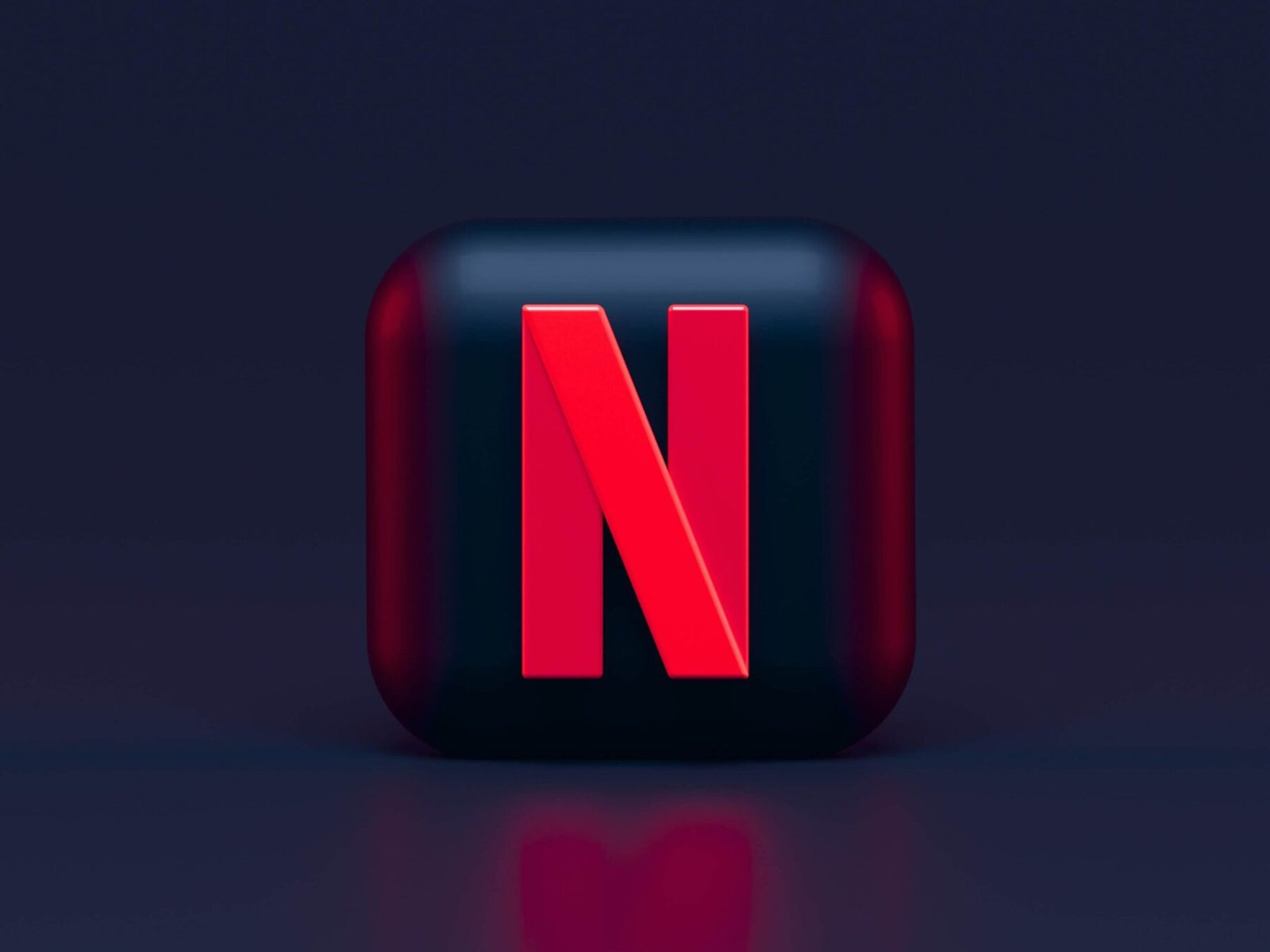Would You like a feature Interview?
All Interviews are 100% FREE of Charge
In recent years, the rise of blockchain technology has paved the way for groundbreaking innovations in the field of distributed systems. Among the innovative concepts are decentralized applications (DApps) and protocols. Both are integral components of decentralized ecosystems, but they serve different purposes and play different roles.
This article explores the contrasting characteristics of DApps and protocols, and sheds light on their respective functions and importance in the world of decentralized technology.
Understanding DApps
A software program that runs on a distributed network of computers rather than on a centralized server is known as a distributed application or DApp. It utilizes blockchain technology to ensure immutability, security and transparency.
Like traditional applications, DApps are designed to have front-end and back-end components. A frontend interface is used by users to interact with the application, while the backend, also known as smart contracts, is deployed on the blockchain. Smart contracts execute application logic and handle data securely.
The decentralized structure of DApps is what sets them apart. As a result, there is no single point of failure as there is no reliance on a single organization or central authority. Blockchain networks decentralize transactions and data, making them immutable and censorship-resistant.
Examples of DApps
- Decentralized Finance (DeFi) App: These applications provide financial services such as lending, borrowing and trading without intermediaries. Popular DeFi apps include Uniswap and Compound.
- Game DApps: These applications allow players to own and trade in-game assets using blockchain technology. Notable examples are CryptoKitties and Axie Infinity.
- Supply Chain Management DApps: These applications provide transparent tracking of goods throughout the supply chain, increasing efficiency and reliability. VeChain and Waltonchain are notable examples.
Related: What is DeFi?Beginner’s Guide to Decentralized Finance
Protocols for a decentralized world
A protocol in the context of blockchain and distributed technology refers to the underlying set of rules and standards that define how a network operates. They provide the foundation for DApps to work and communicate effectively within the ecosystem.
Data validation, consensus processes, and the rules of the network’s inter-node communication protocol are all established through the protocol. Make sure everyone follows the same rules and trusts the data exchanged within the system.
Protocol type
- Consensus Protocol: Determines how the network agrees on transaction validity and achieves consensus. Examples include Proof of Work (PoW), Proof of Stake (PoS), and Delegated Proof of Stake (DPoS).
- Interoperability Protocols: These protocols allow different blockchains to communicate and share data, facilitating interoperability within a decentralized ecosystem. Examples include polka dots and cosmos.
- Storage protocols: These protocols define how data is stored and accessed within a distributed network. InterPlanetary File System (IPFS) is a well-known storage protocol.
Related: Is Blockchain Technology Ready for Mass Storage Applications?
Comparing DApps and Protocols
DApps are end-user applications that provide specific services and functionality within a decentralized ecosystem. Protocols, on the other hand, serve as the underlying rules and standards that govern the entire decentralized network and enable seamless interaction between DApps.

Collectively, DApps and protocols are driving the revolution towards a decentralized future, transforming various sectors and fostering innovation in the blockchain space.
Collect this article as NFT To preserve this moment in history and show your support for independent journalism in the cryptocurrency space.

































